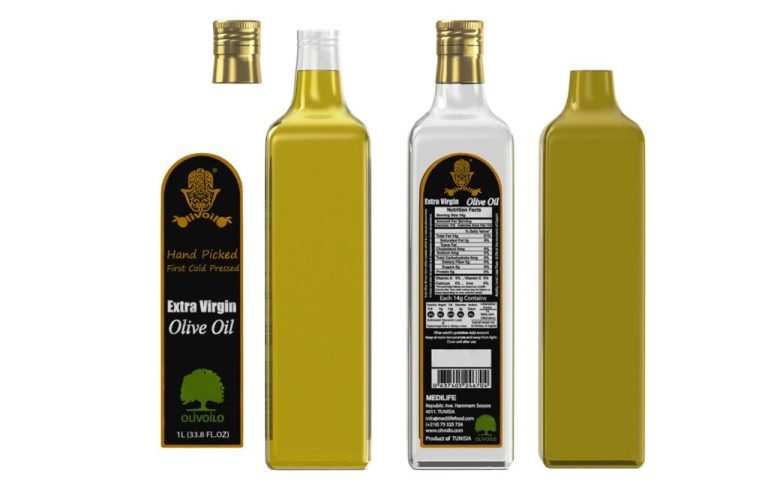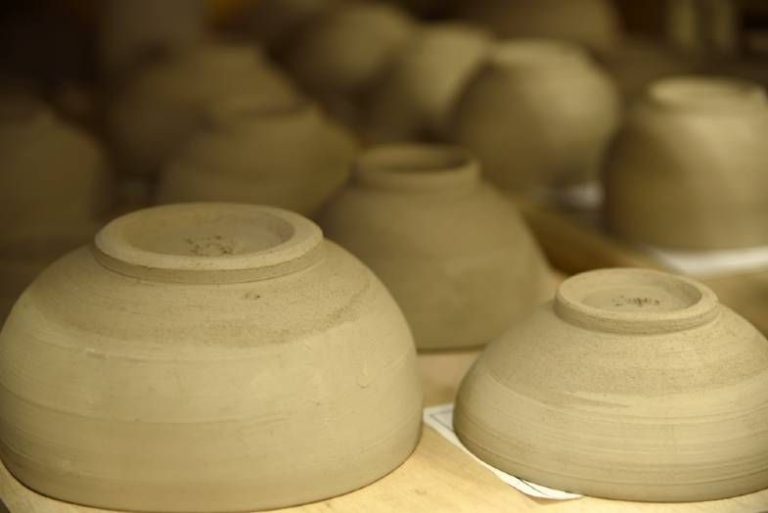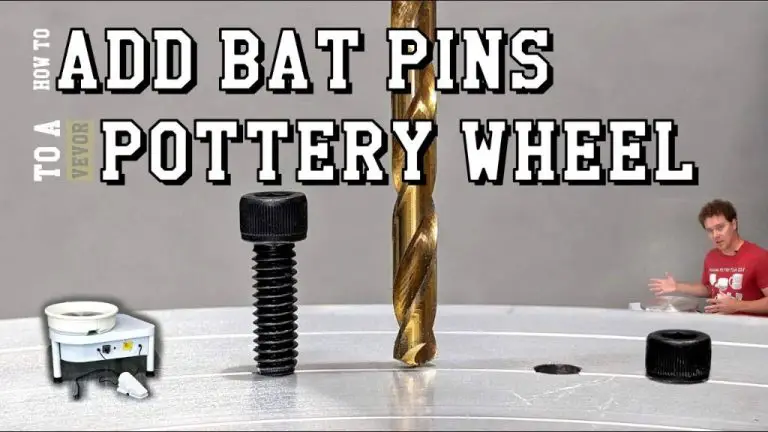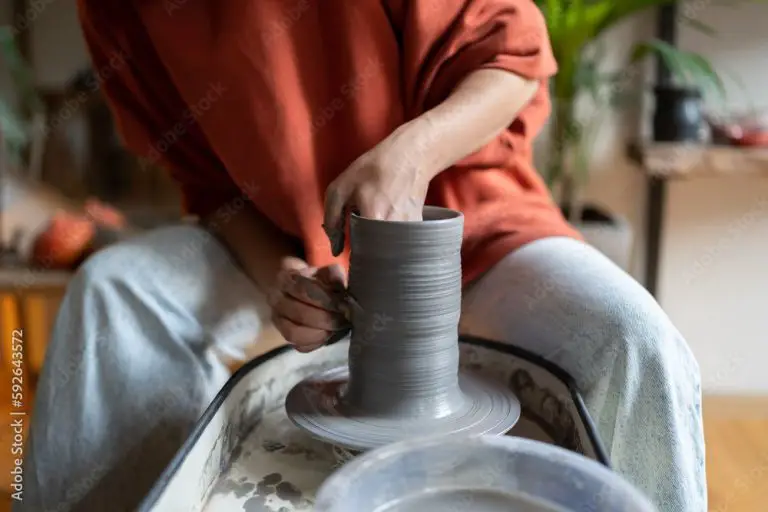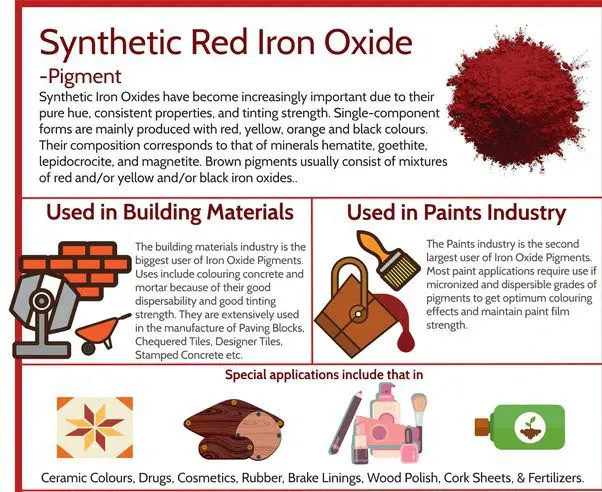How Do You Smooth Air Dry Clay After Drying?
Air dry clay is a modeling and sculpting material that dries naturally, without the need for baking in a kiln. It is often made from materials like cellulose, glue, and minerals. Air dry clay is popular for crafting and kids’ projects since it doesn’t require heat to cure and harden.
After air dry clay sculptures and creations are fully dried, they will have a rough, bumpy, porous surface texture. This is due to the nature of the drying process. To achieve a smoother surface and finish, the dried clay must be sanded and polished.
Smoothing and finishing air dry clay is an important final step before painting or sealing a creation. It helps remove surface imperfections, creates a uniform texture, and prepares the sculpture for decorating. A smooth surface also allows for more control when painting.
Supplies Needed
Sanding and smoothing air dry clay doesn’t require fancy tools. Some basic supplies you’ll need include:
- Sandpaper – Various grits from coarse (80-100 grit) to fine (400+ grit). The coarser the grit, the more aggressively it sands. Finer grits smooth and polish the surface.
- Sanding sponges – Sponges with an abrasive grit coating are good for smoothing contours.
- Sanding blocks/sticks – These provide an easy grip and flat surface for sanding flat areas.
- Metal files – Useful for detailed sanding in crevices and small areas.
- Water – Used to wet sand and keep dust down.
Having an assortment of these basic hand sanding tools will give you what you need to smooth and finish dried air dry clay.
Start with Coarse Grit
Air-dry clay normally dries with an irregular texture and tiny cracks and fissures on the surface. To eliminate those and create a truly smooth surface, it’s best to start with a coarse-grained sandpaper or file. Look for a grit of about 80-100 to remove any obvious bumps or ridges from the dried clay. Gently rub the coarse sandpaper over the entire surface, applying even pressure. Be careful not to bear down too hard, as that can remove too much material. The goal is to knock down any major irregularities without grinding away the finer details of your sculpture.
Focus first on areas with cracks, seams from attaching separate pieces, and any spots that protrude sharply. Once you’ve evened out the surface, you can move on to smoothing with a finer grit.
Smooth with Finer Grit
After the initial coarse sanding, you’ll want to smooth and polish the clay using gradually finer grit. Start by sanding with a medium grit around 220. Gently rub the surface to eliminate any remaining rough patches or texture. You may need to apply a bit more pressure at this stage to level any uneven areas.
Next, move to a finer grit in the 400-600 range. This will start to polish the clay, making it smooth and shiny. Use light, circular motions and work over the entire piece. At this point, imperfections should be minimal.
Finally, you can move to an ultra-fine grit sandpaper or sponge around 800-1000. This will give you a glassy finish. Be very gentle and don’t overdo it on any single area, which could create scratches. The goal is to polish the entire surface evenly and subtly.
Remember to thoroughly clean the clay after each grit change. Wipe away any debris before switching to a finer sandpaper. Rinse thoroughly if using wet sanding. Going from coarse to fine in small, gradual steps is key for achieving a perfectly smooth finish.
Use Water
One of the best ways to smooth air dry clay after it has dried is to dip your sandpaper into water before sanding. The water acts as a lubricant and helps the sandpaper glide across the surface of the clay. This prevents the sandpaper from getting clogged with clay dust and allows you to sand the clay more smoothly.
Try dipping medium grit sandpaper (around 150 grit) into water and then gently sanding the entire surface of the dried clay. The water will help remove roughness and irregularities. As you sand, continuously re-dip the sandpaper into the water to keep it lubricated.
You’ll find that water-lubricated sandpaper produces a much smoother finish than sanding the clay dry. The water prevents friction and scratching that can happen with dry sanding. Just be careful not to over-saturate the clay or it may begin to absorb the water and soften.
Alternative Abrasives
While sandpaper is the most common abrasive material used for smoothing air dry clay, there are some other readily available options that work well too. Steel wool, emery boards, and even some kitchen scrubbers can be used to effectively smooth clay.
Steel wool comes in varying grades from very fine to very coarse. The finest grades (0000 or 000) are best for smoothing clay as they will not scratch the surface. Lightly rub the steel wool over the dried clay using the same motions as you would with sandpaper.
Emery boards designed for fingernails are a good option, especially for smaller clay projects. The coarse side can be used first to remove any larger irregularities, followed by the finer side to smooth the surface. Emery boards typically provide a very smooth finish.
Scotch-Brite and other scrubbing pads can also work. Look for the ultra-fine grades designed for delicate surfaces. Apply light pressure and work in a circular motion. Rinse the pad frequently to prevent any clay residue from building up and causing scratches.
Avoid Over-sanding
It’s important not to remove too much material when sanding air dry clay. Air dry clays have an inherently fragile structure once dried, so sanding too aggressively can compromise the integrity and lead to cracking or crumbling. Use a light touch and don’t overdo it.
Focus sanding on areas that really need smoothing, rather than trying to create a perfectly uniform surface everywhere. Remember, some natural texture can add appealing character. You don’t want to sand so much that you wear away finer details in the sculpture.
Pay attention while sanding to avoid unintentionally sanding off corners, edges, or ornamental elements. It’s easy to get carried away, so inspect frequently and stop once the desired amount of smoothing is achieved.
If certain areas are proving difficult to smooth evenly with sanding alone, consider alternative techniques like sealing first or using a damp sponge. But in general, take a conservative approach to sanding air dry clay to avoid removing too much material or ruining all your hard sculpting work.
Seal and Protect
After all smoothing and detailing work is complete, it’s important to seal the finished clay sculpture. Applying a protective sealer or varnish will help lock in detail work and prevent moisture absorption which can damage smooth dry clay surfaces over time.
Most clays will require some type of sealer or finish. Water-based acrylic polymer varnish or polyurethane sealers are common options. Apply 2-3 thin coats with a soft brush, allowing proper drying time between coats. Avoid heavy single coat applications which can create drips or pooling.
Sealers will saturate the porous clay surface, adding a uniform sheen while protecting fine detailing and paintwork. Gloss varnishes provide the most protection for handling along with a bright finish. Satin or matte varnishes offer more subtle protection. The desired look will depend on the clay sculpture and personal preference.
Be sure to work in a dust-free space when applying sealers. Carefully follow manufacturer directions for proper application and drying time between coats. Sealing and protecting the surface is a crucial final step for preserving your efforts and safely displaying any air dry clay creation.
Troubleshooting
Air dry clay can develop cracks, dents, scratches, and other imperfections during the drying and sanding process. Here are some tips for fixing common issues:
Fixing Cracks
For small cracks, you can fill them using a thin layer of liquid clay slip or acrylic paint. Allow it to dry fully, then sand to blend the repair seamlessly. For large cracks, it’s best to seal them with a thin coat of varnish or PVA glue before filling to prevent further cracking.
Fixing Dents and Scratches
Use a small amount of water to slightly dampen the dented or scratched area and smooth over with your finger or a rubbing tool. Let dry fully before sanding to blend the repair. Avoid over-wetting as it may damage the clay.
Avoiding Imperfections
Work carefully when sculpting and allow adequate drying time to prevent cracks. Sand gently with fine grit to avoid scratches. Store pieces with care before sealing to avoid dents. Apply a sealant to protect the sanded surface.
Achieving Different Finishes
The finishing process gives you the opportunity to create different looks with your air dry clay project. The main finishes you can achieve are glossy, matte, or textured. The tools and techniques you use will determine the final appearance.
For a glossy look, start by sanding with a very fine grit sandpaper like 600 grit. This will make the surface ultra smooth. After sanding, apply a gloss glaze or acrylic sealant. Multiple coats will increase the shine. Let each coat dry fully before adding the next.
To get a matte or flat finish, sand as usual but avoid sanding to a polish. Then use a matte sealant or apply a matte varnish over a glossy sealer. Patting the surface with a soft cloth after sealing can also dull down shine.
Textured finishes are created by imprinting the surface while the clay is still soft, or by distressing techniques after drying. Use found objects like lace, burlap or bubble wrap to create patterns. Wire brushes, carving tools, or coarse sandpaper add interesting textures.

